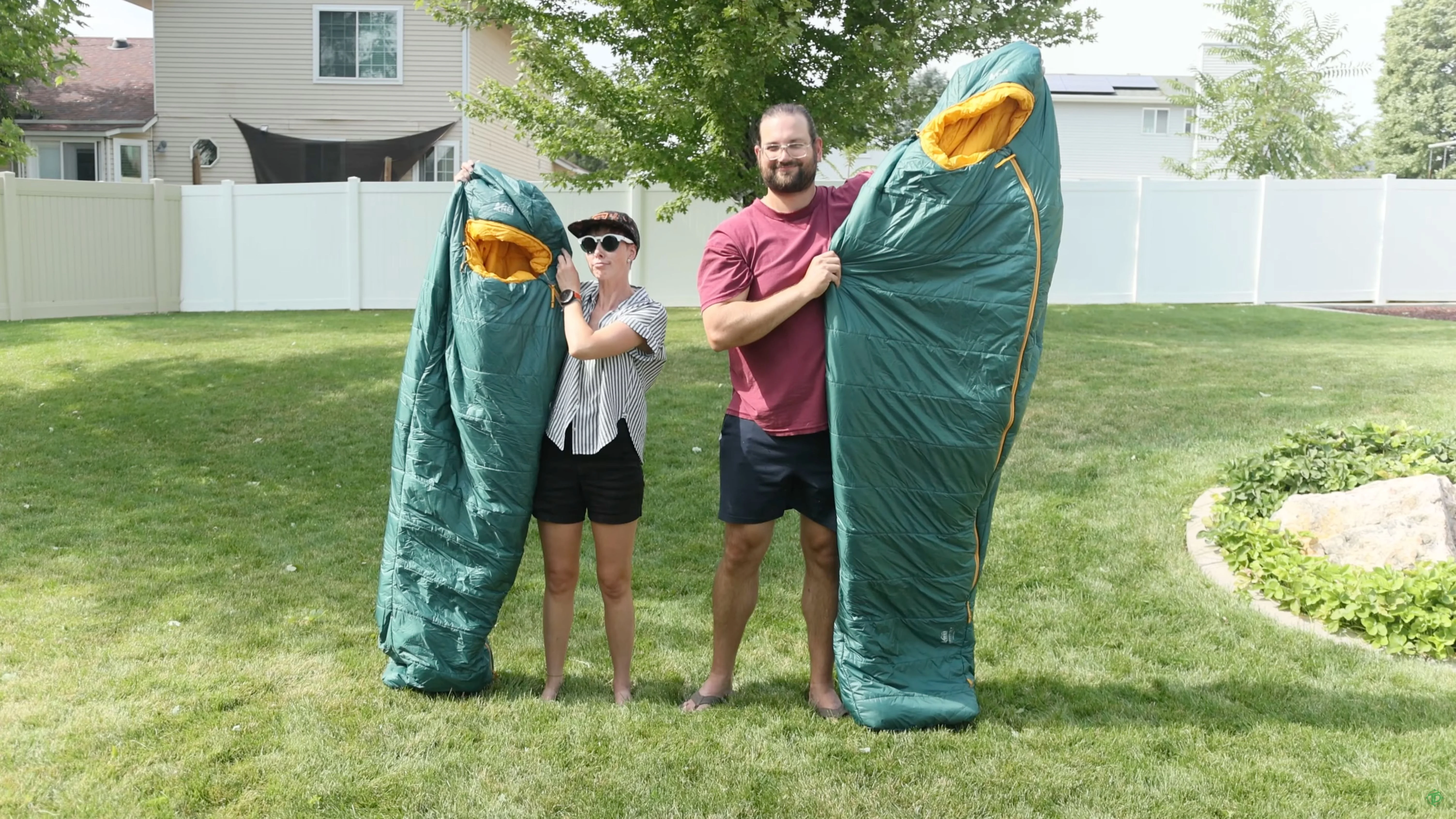
If you’re planning a camping or backpacking trip and are wondering what your sleeping pad R-value should be, we’ve got you covered. Because not every inflatable sleeping pad will keep you comfortable in every season. Indeed, some are perfectly suitable for summer nights, while others contain more insulation for colder seasons. You can purchase several sleeping pads for different temperatures, or sometimes (if cold temps aren’t too extreme) get away with stacking a closed-cell foam pad with an inflatable pad. But if you’re expecting overnight lows colder than about 40-50º Fahrenheit, you’re gonna want something a little more robust, namely, an insulated sleeping pad (check out these four insulated sleeping pads we tested).
So here’s a handy chart to help you figure out what your sleeping pad R-value should be to keep you cozy all night long.
Sleeping Pad R-Value Recommendation Tool
Find the right sleeping pad R-value based on the lowest expected temperature during your camping trip.
Recommended Sleeping Pad R-Value:
—
Sleeping Pad & Sleeping Bag FAQ
What is an R-Value in sleeping pads?
R-value measures how well a sleeping pad resists heat flow—higher numbers mean better insulation from the cold ground.
What R-Value do I need for winter camping?
For temps at or below freezing (32°F / 0°C), look for a pad with an R-value of at least 5, ideally 6 or higher.
Can I stack sleeping pads to increase R-value?
Yes! R-values are additive. Pairing a foam pad with an inflatable one can significantly boost insulation.
How do sleeping bag temperature ratings work?
EN/ISO ratings give you a standardized idea of how cold it can be before a sleeping bag fails to keep you warm. Always pair the bag with an appropriate pad.
Should I get a sleeping bag rated for the exact forecasted temp?
No. It’s best to have a 10–15°F buffer in case temps drop lower than expected or you sleep cold.
What’s more important—bag rating or R-value?
They’re both essential. Even the warmest bag won’t keep you warm if your pad is letting all your body heat escape into the ground.
And don’t forget about a sleeping bag! You should make sure to use one that’s rated for at least as cold as the overnight lows, possibly lower (sleeping bag temperature ratings can be trickier than they seem; read about how to decipher them in this post). Don’t have a sleeping bag that’s quite suitable? Bump up your current bag’s rating a few degrees or a few dozen with one of these sleeping bag liners.
We hope this chart helps you choose the best sleep pad with an appropriate R-value for camping, no matter where (or when) you’re headed outdoors so you can get out there and wander on.
